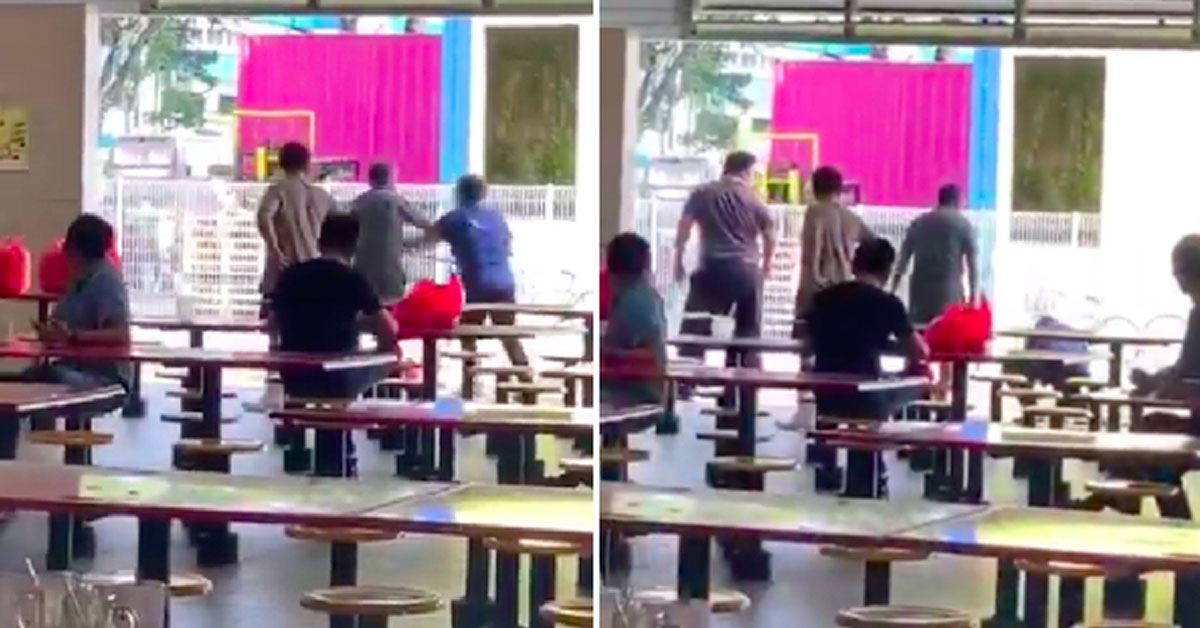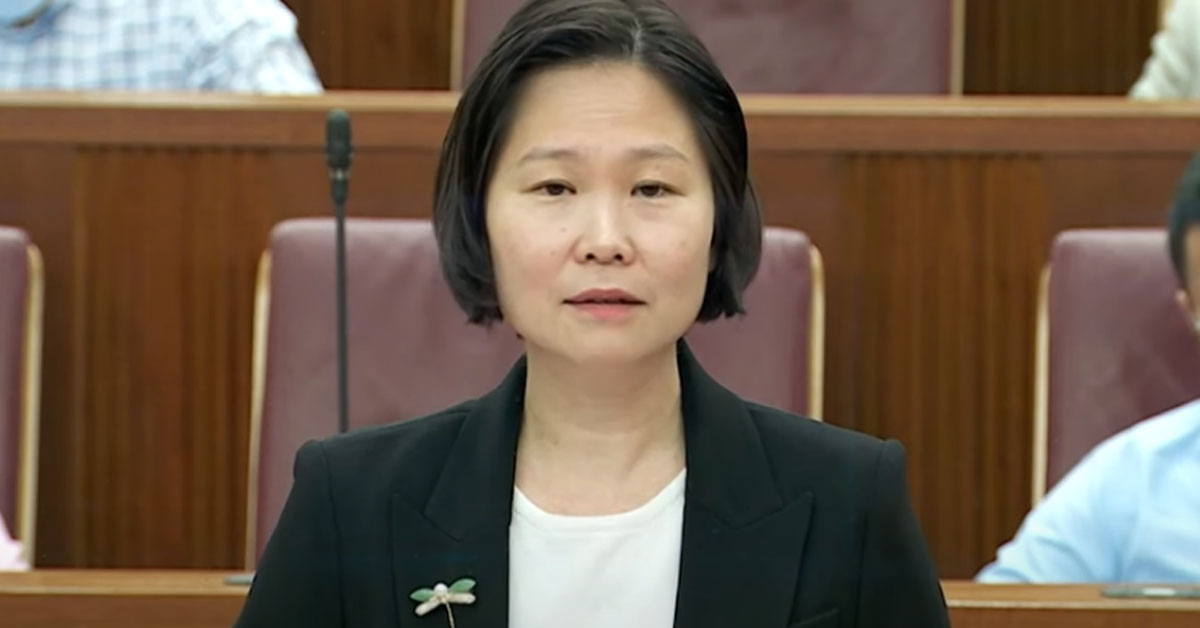In the recent Parliament sitting on 7 February 2024, Prime Minister Lee Hsien Loong said we are not Ah Sia Kia.
Ah Sia Kia is basically a rich man’s son who spends his parents’ money mindlessly. Think: children, of rich parents, who open businesses for fun (and don’t profit or even lose money) or ask their parents for more money to buy the latest designer shoes or bags because money really is just that dispensable for them.
“Affluenza”, aka “rich kid syndrome”, affects those with overprotective parents or an excess of material goods. These people, unaware of their privilege, often take material goods for granted, as if they can print money whenever they need.
When PM Lee says we are not Ah Sia Kia, it means we can’t be spending money as and when we like. And what money are we talking about? NIRC, of course.
Read that again – it’s NIRC, not NRIC.
About NIRC
Let’s talk about finances first with a simple analogy.
Let’s say you have a friend who makes $25,000 a month by doing nothing.
Reader: Huh? How sia? I also want.
Not so easy leh, dear reader.
This friend of yours can make $25,000 a month if he just has $3 million in liquid cash.
Reader: GG.
If your friend invests his $3 million well, he might get a good return of 10%.
Of course, this 10% isn’t easy to find. That’s why you need experts, like Ng Kok Song, who know how to grow money.
10% of $3 million is $300,000 a year, so your friend is essentially getting $25,000 a month just by investing his $3 million.
Since most people don’t have their own personal Ng Kok Song, wealthy people looking to grow their money need to have alternatives such as family offices or hedge funds.
Family offices are private wealth management advisory firms that serve ultra-high-net-worth individuals. A hedge fund is a limited partnership of private investors whose money is managed by fund managers.
Setting up either of these typically requires a significant level of wealth, so not everyone can enjoy family offices or hedge funds.
As they say, the rich get richer.
And it turns out, Singapore just happens to be the rich that are getting richer as a lot of our annual revenue comes from investments similar to the aforementioned $3 million investment.
For FY2023 (Fiscal Year 2023), an estimated $23.5 billion came from this revenue. This is a lot, considering that GST collection is only at about $14 billion a year.
This means that our “savings”, aka revenue from our investments, contribute almost double of what GST contributes.
This revenue from investments is known as Net Investment Returns Contributions (NIRC). This comprises Net Investment Returns on the net assets invested by GIC, MAS, and Temasek, and Net Investment Income derived from past reserves for the remaining assets.
On average, NIRC contributes to about 20% of our budget.
Moreover, of the $300,000 example profits, half is put back into the capital, which is the $3 million in the example.
While we take $150,000 for spending (or up to 50% of the revenue), the rest of the returns go back into our capital, grows from $3 million to $3.15 million.
As time goes on and our capital grows, our returns grow too.
On 7 February, the Progress Singapore Party (PSP) filed a motion to use more of the national reserves for the needs of the current generation of Singapore.
A motion is a proposal for the Parliament House – the body of people’s representatives vested with legislative powers – to do something or express its opinion on a matter, which launches the House into a debate on the subject matter.
PSP secretary-general Leong Mun Wai initiated the original motion, saying that there was no need to keep the size of Singapore’s reserves a secret.
PSP wanted the system to be reviewed as they believe the “the welfare of present-day Singaporeans will be hurt if we continue accumulating reserves at the same rate as we are doing now.”
Mr Leong mentioned that “the cost of living crisis that we are facing now, in addition to growing social inequality, increasing mental health issues, and declining total fertility rate are examples of social yields that have resulted from our economic policies.”
He also argued that the reserves will continue to grow even if a larger proportion is allocated to alleviate the financial challenges faced by Singaporeans today.
Ms Indranee Rajah, the Second Minister for Finance, said she cannot support the motion as its wording implied that the government possesses excess financial resources not allocated to Singaporeans.
“PSP’s belief that we have plenty of excess fiscal space is misconceived,” she said. “When we say that we are investing in the reserves, we are not keeping that money away from Singaporeans. We are growing it and using it for Singaporeans.”
It is all too easy for us to say we want more money to be allocated to current needs. After all, with COE prices and cost of living increasing steadily, it’s becoming harder and harder to live in Singapore and we need more support.
However, we never know when we’ll need to tap into our reserves in an emergency like COVID-19.
Touch wood no pandemic again please…
The current argument is that the current system is sound and safe, and that we should continue growing our reserves instead of spending mindlessly.
Which leads to this: in his speech, PM Lee said we are “not Ah Sia Kia” as we are not going to spend money mindlessly.
The seven-hour debate ended in the Parliament’s rejection of PSP’s original motion. The Parliament instead voted for an amended motion to ensure the government stays “fiscally responsible and sustainable”.
WP member Mr Jamus Lim said “more saving is better, but only if we aren’t making undue sacrifices today,” in support of the original motion. He added that he could not support the amended motion.
On the other side of the House, PAP member Mr Saktiandi Supaat said “every extra $1 used today means $1 less for the future generation, or even $1 less for us, which will be surviving in the future,” supporting the amended motion.
“As our spending needs continue to rise, we must make sure that our revenues grow at a comparable pace to maintain a sound and sustainable fiscal system,” Mr Saktiandi added.
If you would like to, you can watch this video for a better understanding of NIRC:



